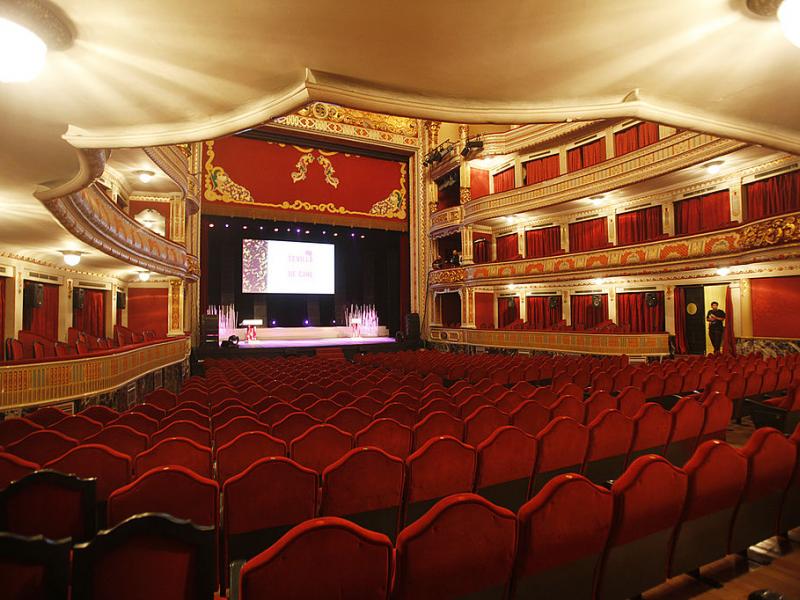Sevilla has served as a historic hotspot throughout history. Even in its modern age there are remaining elements that display the historic events that have taken place. These places allow a modern glance into the history that shaped the region and overall culture impacts of the country as a whole.

Dashing back to the past the city of Sevilla was the home of many marvelous events. One of the most intriguing being that of the 1929 Ibero-American Exposition. Through this exposition there was hoped to improve Spanish relations with America. Through the effects is debatable to preservation and upkeep of the historic pavilions remains present in the Sevilla atmosphere. One of the pavilions still on display is a theater called the, Lope de Vega Theatre. This theater after its debut in 1929 has seen much of Spanish history take place, explaining its current status as a major pale for large cultural events. The theater has experienced a lot, surviving fires, floods, and renovations. With these travesties the theater severed in other capacities throughout its history. The Spanish Civil War took place from 1936 and lasted until 1939, during this time the theater served as a war hospital and housed those who needed aid during this time. This historic structure, surviving most of modern history was renovated and continues to survive as a historic reminder of its role in key national events. The other pavilions constructed at this time ushered in a new era of infrastructure and pushed the city of Sevilla towards the modern age.

A city known for its historic impact the city of Sevilla was also home to another exposition representing it role in global discovery. In 1992 Sevilla was the home for the 1992 Universal Exhibition of Seville. A globally relevant city, there was obvious consideration for Sevilla to host this event, incorporating the history of over 100 countries. Similarly, the exposition held in 1929 there were remaining pieces of history left behind and influencing the prevalent culture of Sevilla. The Universal Exhibition was meant to celebrate the 500-year anniversary of the exploration of Christopher Columbus. The exposition was meant to show the historically development of Spain. While showing the history that passed, they event infrastructure and technologies that would be historically significant. The first high speed train was installed and allowed transportation not yet seen in Sevilla. The pavilions established also remain as a reminder of this advancement and the dedication to countries throughout the world. One of the remaining tourist-ridden remnants is that of the Spanish pavilion, which has been turned into an amusement park for current enjoyment. The Exhibition made previous technologies available to the public and the space continues to allow the enjoyment a display of Spanish culture and excitement.
Overall, the city of Sevilla was historically significant on a national and global level, specifically in the display of technological and infostructure advancements. The city was used to display and develop the country and city to what it is today. These displayed, though faded to history, remain a reminder of the past, and where the future of the city and country as a whole are headed.
